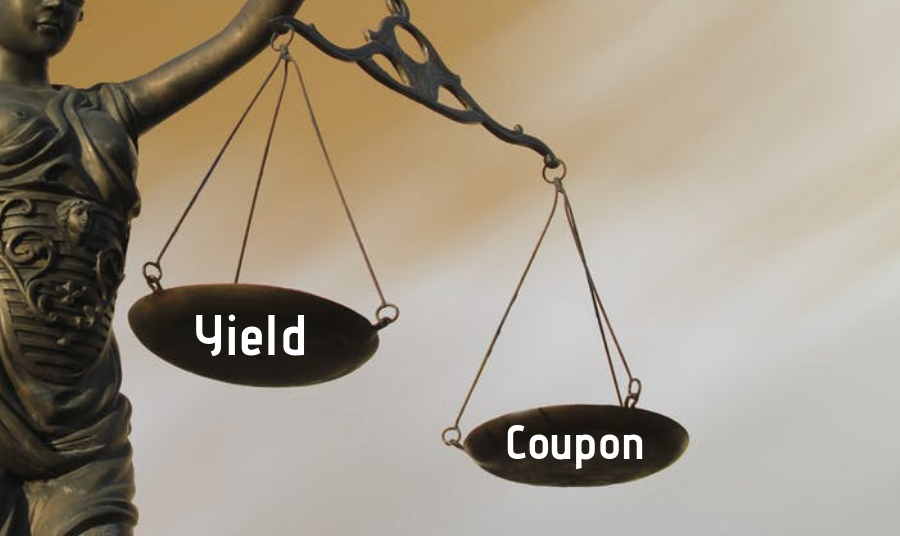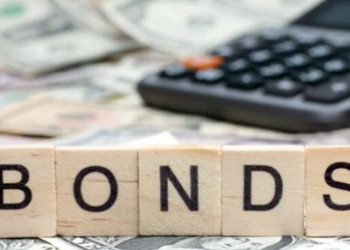I had the problem of distinguishing between these two investing terminologies in the early part of my introduction into the world of investing. They are two common words you hear when people talk about bonds, shares or any fixed income security.
What is Coupon Rate?

[Find Out: Benchmarks to set you want to become a millionaire]
A coupon rate is the rate a lender pays for a nominal value of a bond or debt instrument. For example, if Lagos State sells N1 billion state bonds at a rate of 12% per annum it means every N1,000 in face value for the bond will earn an annual interest of N120. The total interest being N120 million.
What is yield?

The yield is however the coupon rate of a bond or any financial asset per market value of the debt instruments. From the example above, supposing the market value of it bonds is now N1.2 billion which is N200 million more than the face value, and the interest payment remains N120 million per annum. Then the yield for every N1,000 of the market value of the bond will now be 10%.
This is arrived at by dividing the N120 million in interest by the market value of N1.2 billion to give 10% per annum.
[Find Out: Benchmarks to set you want to become a millionaire]

So whilst the coupon rate deals with the face value of a debt, the yield deals with the market value. As such, a yield is inversely proportionate to market value. The higher the bond value the lower the yield and vice n versa. That was why in the first example, yield was 12% and the second example when market value was higher by N200 million was 10%.


























This is about the most comprehensive note I’ve ever read on the definition of the two investment terms.
Thank you.
Please change the N200 billion to N200 million. It can be confusing. Thanks
Thanks for this.
I still don’t understand. From my understanding of the explanation, I had concluded that Coupon is like interest paid for the face value (cost of fund) and the Yield as ROI which ordinarily should be higher than the coupon. Where is the 10% coming from? Also, the statement ”a yield is inversely proportionate to market value” get me more confused. Maybe another perspective will help me understand more. Nonetheless, I appreciate you taking your time to help with this age-long confusing terms.